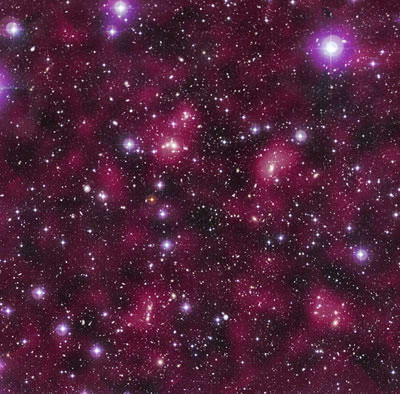Everything in the Universe seems to be part of something bigger. Our Earth is part of the Solar System, the Solar System is part of the Milky Way, and even our Milky Way is part of the Local Group. The Local Group is part of the Virgo Cluster. But there is an end to this, the largest structures in the Universe are the superclusters, measuring hundreds of millions of light-years across and containing millions of galaxies.
Our own Milky Way is part of the Virgo Supercluster. This giant formation fills a volume of space 110 million light-years across and contains at least 100 galaxy groups and clusters. And you might be amazed to know that the Virgo Supercluster is just one of millions of superclusters in the observable Universe.
A typical supercluster contains 1015 times the mass of the Sun; that’s a quadrillion solar masses. It contains all the galaxy groups and galaxy clusters that seem to be associated with one another through mutual gravitational attraction. Astronomers have estimated that there are 130 superclusters located within 1.3 billion light-years of the Milky Way. Some example superclusters include Hydra-Centaurus, Perseus, and Cetus. Superclusters are typically named after the constellation they’re found in.
Superclusters show that our Universe is not evenly distributed. Instead, the large scale structure of the Universe is these giant superclusters connected together in long filaments. Seen from far enough away, the Universe would look foamy in texture, with superclusters strung out in filaments surrounding vast voids.
We have written many articles about galaxies for Universe Today. Here’s an article about a supercluster ruled by the pull of dark matter.
If you’d like more info on galaxies, check out Hubblesite’s News Releases on Galaxies, and here’s NASA’s Science Page on Galaxies.
We have also recorded an episode of Astronomy Cast about galaxies – Episode 97: Galaxies.

